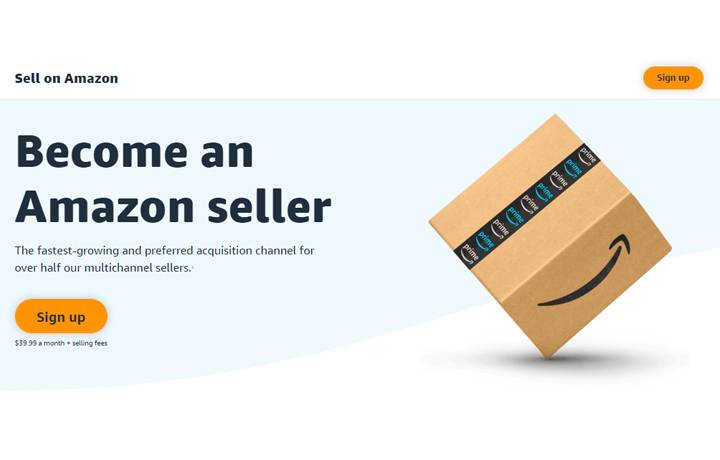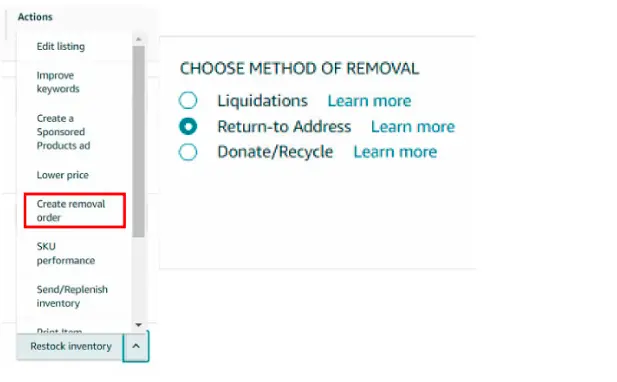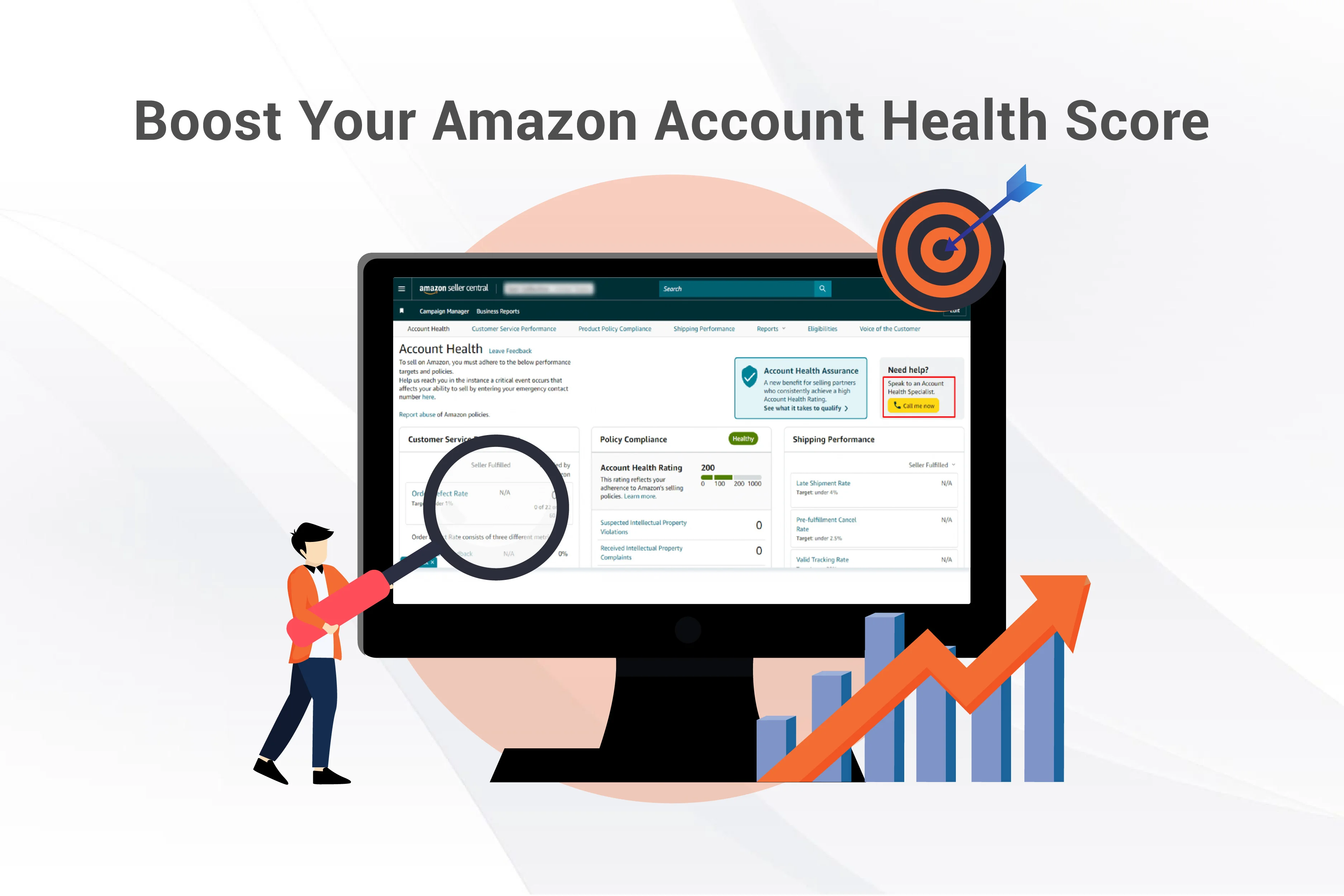
How to Start Amazon FBA and Manage Aged Inventory?
You can buy regular retail items, sell them on Amazon for a profit, and make a good amount of money, but that’s easier said than done, right? Whether you are entering the marketplace or have been here for a while, you might know that Amazon FBA inventory management is a challenge in itself.
However, understanding how Amazon FBA works and using it to your advantage can greatly help you scale your business.
In this article, we will answer a question that worries a lot of new entrants in the eCommerce world of Amazon. What happens to my products when they don’t sell on Amazon FBA? How long do they stay in the inventory, and what happens to them after that?
Read along to get the answers!
But First, What is Amazon FBA?
First things first, what does Amazon FBA really mean? Well, it stands for Fulfillment by Amazon. It is a service that allows sellers to delegate the order fulfillment process to Amazon. Sellers send their products to Amazon fulfillment centers, and when customers place their orders, Amazon fulfills the order. In addition, Amazon also provides customer service and processes returns for these orders.
How to Start Selling Via Amazon FBA
Fulfillment by Amazon, or FBA, takes away tedious parts of the business and performs them more efficiently on your behalf. No worries about staffing or timely shipping!
Still, it does not make your business a hands-off investment. It will still require work from you. So here is how you can start selling on Amazon FBA:
Sign up as a Seller
First, create an Amazon seller account. It is recommended that you set it up before you have the product. There are options: sell as an individual or as a professional plan. The Individual plan costs $0.99 per sale, while sellers using the Professional plan pay $39.99 monthly, no matter how many items they sell. If you sell more than 40 items a month, the professional option makes a lot of sense.

Don’t worry about making the wrong choice; whichever plan you select, you can change plans at any time.
Find Products
There are tools available that help you assess the market and decide what products you can sell to make a profit.
You can either sell your own products or buy retail items at wholesale prices and sell them at retail prices on Amazon.
List the Products on Amazon
Once you have the product you want to sell, it is time to list it on Amazon so that customers can find it. When finalizing the listing, choose the Fulfilled by Amazon (FBA) option for your offer.

Ship Your Products to Amazon’s Fulfillment Center

Now you are ready to send your products to Amazon’s Fulfillment Center. But first, you have to put an Amazon-generated barcode on your product, which helps Amazon keep track of your product and prevent mixing it with other sellers’ products.
Congratulations Your Products are Live!
Once your products are received at an Amazon fulfillment center, your products go live. Customers place orders, and Amazon deals with the rest. Even if there is a problem and the buyer wants a return or a refund, Amazon handles that too.
What does Amazon do with the aged inventory?
As part of Amazon FBA Inventory Management, Amazon charges you the following two types of storage fees:
- Monthly Storage Fee
- FBA aged inventory surcharge (previously known as long-term storage fees)
Monthly Storage Fee
The monthly storage fee depends on your product’s size and quantity. The bigger the size, the higher the per-cubic-foot rate. Similarly, the busier the season, the higher the storage fee. It is the prominent FBA Inventory Fee you pay to Amazon.
These are the current monthly storage fees for storing products in Amazon’s fulfillment centers, as mentioned in the chart.

FBA aged inventory surcharge (previously known as long-term storage fees)
On the 15th of every month, Amazon performs a stock check. During this process, they keep track of any items in their fulfillment centers for 181 days or more. Depending on how long the goods have been stored, the seller will have to pay an aged inventory fee. The fee, similar to the monthly storage fee, is taken from either your Amazon seller account balance or the credit card linked to your seller account on the same day each month.
The FBA aged inventory surcharge previously known as long-term storage fee is not a substitute for the regular monthly storage fee. Instead, it is in addition to the regular monthly storage fee.
What Should you do With the Aged Inventory?
You must manage excess inventory effectively to avoid paying the long-term storage fee.
You can opt for Amazon FBA Inventory Management services to delegate this task.
Alternatively, you can sign up for Amazon’s automatic aged inventory removal, which would eliminate the excess inventory using your preferred removal mode from the following three options:
You can request that Amazon destroy, liquidate, or deliver it back to you.
 Destroying the Inventory
Destroying the Inventory
If you want Amazon to dispose of your aged inventory, then you would need to file a removal order and choose the “Dispose” option. It is preferred for inventory that is expired and no longer usable.
Getting it Back from Amazon
Another option is to select “ship-to-address” while creating your removal order. This option is more suitable if you wish to sell your inventory elsewhere or hold it for another season.
Liquidate Inventory
If you want to sell off your excess inventory quickly, you can choose “Liquidate.” This means Amazon will sell the items on your behalf, typically at a discounted price, and you will receive a portion of the sales. This is a good option if you want to free up space and recoup some of the inventory costs.
Final Thoughts
Effective Amazon FBA Inventory Management is essential for keeping your Amazon business profitable. It not only helps you avoid excess storage fees, but it also helps you make better decisions about which products to sell and stock. FBA automates most business tasks, but it doesn’t get rid of items from your stock until they sell. With so many things to keep track of when you become an Amazon seller, you may need help. Are you looking for the expertise to get started with Amazon FBA? Do you need assistance with sourcing and listing products or need help making a decision about aged inventory? SPCTEK is your expert and offers free consultation calls!
FAQ’s
- Inventory Management Reports: Use Amazon’s Inventory Management reports to track inventory age and identify products with low sales velocity.
- FBA Inventory Age tool: Third-party tools like Inventory Age by Helium 10 can help you visualize and analyze your aged inventory in different ways.
It’s crucial to regularly review your aged inventory, ideally weekly or bi-weekly. This allows you to identify potential issues early and take timely action to mitigate them.
If you exceed your inventory storage limits, Amazon will charge you a storage fee for each excess unit.
- FBA (Fulfillment by Amazon): Amazon stores your products in their fulfillment centers and takes care of picking, packing, shipping, and customer service.
- FBM (Fulfillment by Merchant): You store your own products and handle all aspects of fulfilling orders yourself
It can take several months to start making a profit with Amazon FBA, as it takes time to build up inventory, sales, and positive reviews. However, with hard work and dedication, you can build a successful Amazon FBA business.







 Destroying the Inventory
Destroying the Inventory
